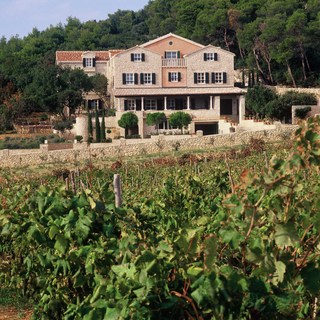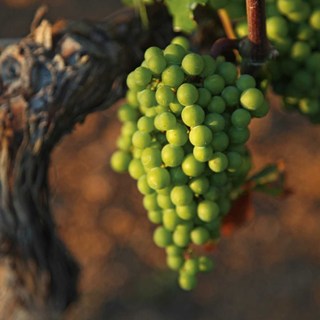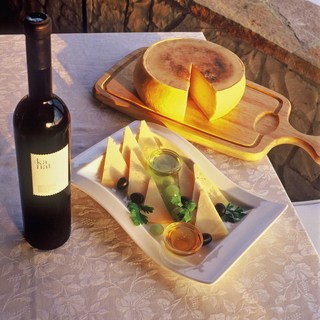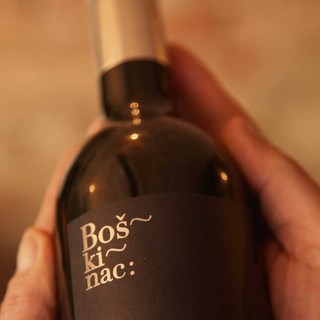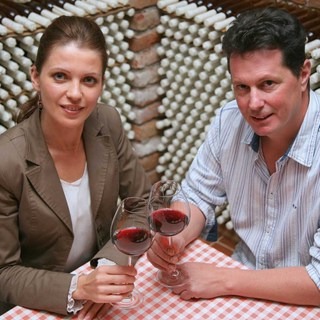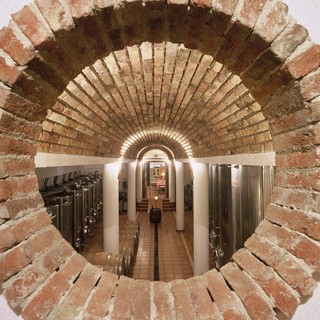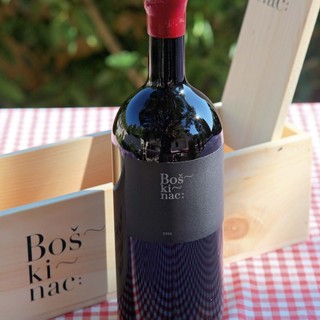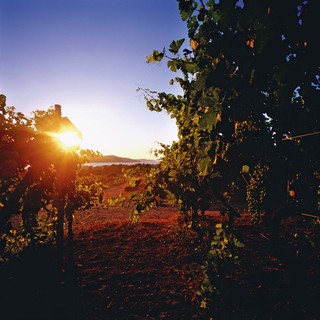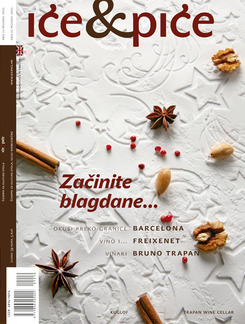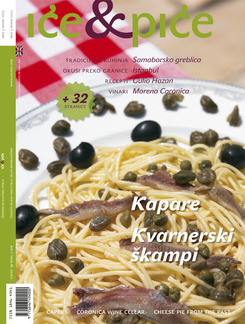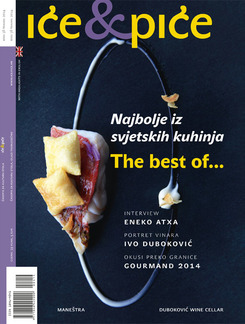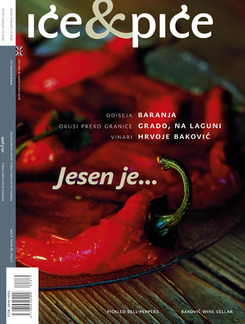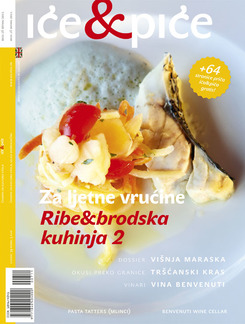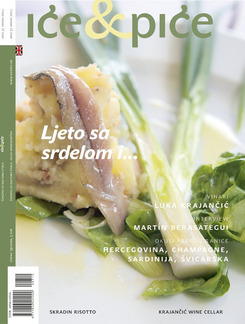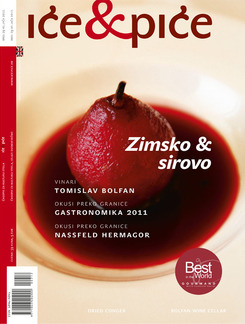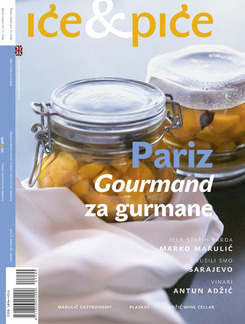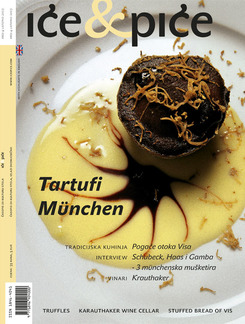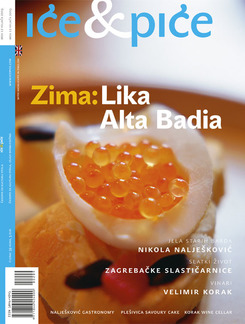Wine cellar’s ID
Family tradition
For generations, as long as the Šuljić-Boškinac family has been living on Pag it has been connected with vineyards and winemaking. As a lad, with my father (now passed on, to whom I am profoundly grateful for the love of the grape and wine that he instilled into me) I went selling wine from door to door in Ljubljana. My childhood is intimately connected with Pag Žutica, a dry white, with the sense of us and the way we made a living, in which the main components were Gegić, with the cultivars Trbljan, Višan (or Maraština) and Topol. Today Gegić is the only original indigenous cultivar on the island out of a series of varieties that have alas disappeared.
The new age
It is Gegić that has become the mission of our cellar (set up in 2001). The grape was on its way out, but there were still some old vines on the southern side of Pag island, by Povljana. Taking cuttings from these vineyards, and also with Chardonnay and Sauvignon Blanc, as well as Cabernet Sauvignon and Merlot of the blacks, 30,000 vines in all, we planted 2,000 of Gegić on 6.5 ha right next to the sea. Boškinac Winery produces wines from grapes grown only in our own vineyards.
Next to the winery I made an exclusive little hotel and restaurant with a creative cuisine based on island provisions, and that rounds off the story of Boškinac. The whole project was conceived in that way and now, ten years later, we are very pleased. In spite of the not quite perfect location, it is a project that is standing on its own legs. The wine and food components both have point and future. I would like them to multiply in several such projects in this area and in the whole of Croatia.
Wines
Gegić is our symbol of continuity, one that we are going on with in a contemporary way. In the light of my investigations (still in progress) we decided on vinification in the classic way. Only with more recent experiments did we arrive at some new ideas. The basic, fresher type; and after that a more complex version, left on the lees in barriques for six months, from grapes that come from a more scanty ground. Two types, two styles of wine. For the moment these two types have proved the best. Perhaps in the next vintage (2009 did not turn out a reference year) we’ll try maceration.
We make Grand cru only in the years when the conditions of ripening and vegetation in the vineyard during the whole of the season are more or less optimal. Gegić comes from the part of the vineyard in which the soil is scanty, poor, pure sand, and gives about 0.5 kg of grapes a cane. When we see that the grapes have got the real quality and are ready to meet our expectations, we put it into a barrique and let it age. Here the natural acidity is kept, about 5-6. So far we have done this twice, though not in the last two years. It turned out that it needs a lot of time, and I even lost my belief that the wine was really something and I didn’t hold out much hope for it, and then, now, after 4 to 5 years, it has given out completely unexpected fragrances and organoleptic spectra.
The black grapes were, though, a surprise for everyone. The first results and signals from the market that came in 2003 and 2004, the first reference years, gave us a hint that this was something really important. Although it happened because I followed the line of least resistance. My point of departure was that Plavac Mali could not be a sensation on Pag. Nor could Babić do much in this land, because it’s only in stone that it shows its class. At that moment, my relatively superficial knowledge about the types of soil on which Cabernet and Merlot will give good results led me to take up these two cultivars. As a lover of Bordeaux wines, I decided on them. After that, the terroir worked its way, and we did ours in the vineyard, because we never either manured or watered. The vineyard now in the tenth year is really coming into form. The roots go deep, for we put the plants in such a way as to make them -. I am very, very satisfied with the red cuvée, which is now on its fifth or sixth season on the market, and occupying a very important place on it.
